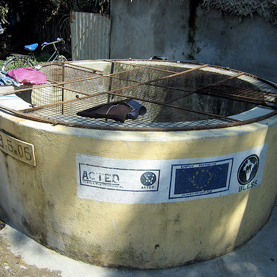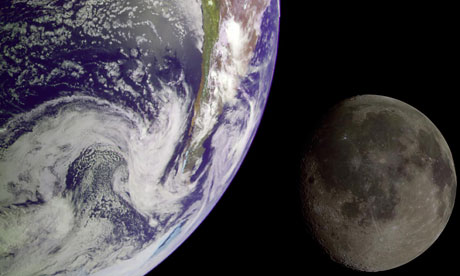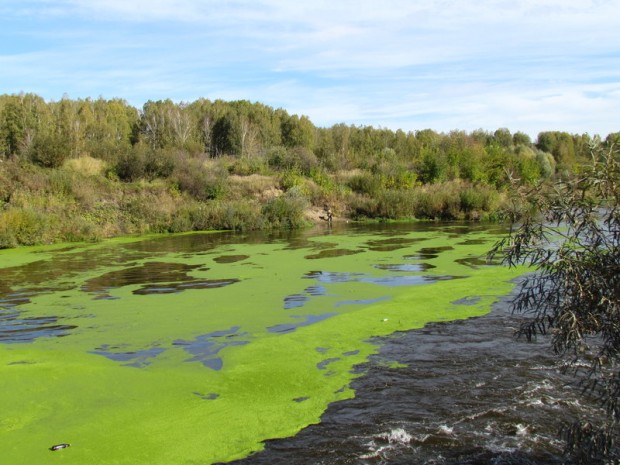 Indore is the fastest-growing city in the central state of Madhya Pradesh, India. The industrial center has grown rapidly in the past 20 years, reaching a population of nearly 3.3 million people. But as the city grows in numbers, its water supply becomes increasingly insecure.
Indore is the fastest-growing city in the central state of Madhya Pradesh, India. The industrial center has grown rapidly in the past 20 years, reaching a population of nearly 3.3 million people. But as the city grows in numbers, its water supply becomes increasingly insecure.
Like many cities in the developing world, Indore’s water infrastructure and institutions face the mounting pressures of population and growth and urbanization. Experts worry that global warming will compound these problems, enlarging a category of people they call the “water poor.”
To better understand the complexity of urban water systems in less developed nations, the Pacific Institute and the Institute for Social and Environmental Transition released a detailed analysis last week on the water situation in Indore. The three-year study involved downscaling climate models to the city level, performing a vulnerability analysis, and engaging with the community to come up with resilience strategies. Read more



